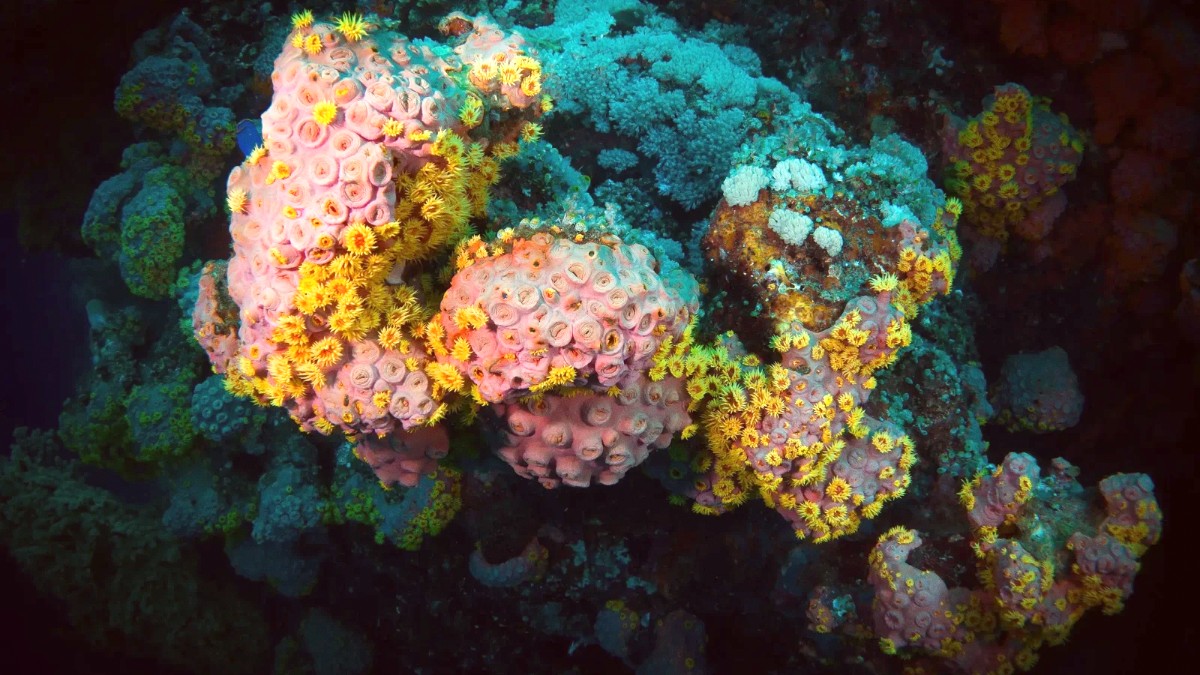
Bunk beds or simple rooms, often with shared bathrooms.
Electricity may come from generators, limited to certain hours. Air conditioning is rare.
Water from rainwater catchment systems calls for careful conservation.
Shared kitchen, dining area, and sometimes a small common room.
Shared or private cabins with bunk beds serve as living space.
A galley, dining area, common lounge, and shared bathrooms/showers are typical.
The vessel supplies power, water (via desalinators), communication, and laboratory space.
On islands like Wake Island and Johnston Atoll, military personnel use barracks or basic housing units.
A "Neighborhood Guide" for the United States Minor Outlying Islands does not apply. No neighborhoods, cities, towns, or distinct residential areas exist in the conventional sense. These islands are uninhabited or have extremely limited, controlled populations.
The "areas" for authorized personnel relate to operational zones, research sites, or designated living quarters. Their "character" comes from their environmental features.
Personnel stay where the mission calls for them to be, or in the only available lodging. No public access areas or tourist zones exist.
Booking strategies for accommodation on the United States Minor Outlying Islands do not exist in the commercial sense. One cannot "book" a stay as one would a hotel. Accommodation for authorized personnel is part of the overall expedition logistics and arranged directly by the authorizing government agency or research institution.
Early authorization is useful for any visit to these remote islands.
All logistical arrangements occur through official government channels or private contractors.
There are no commercial booking options or walk-in rates.
One cannot recommend "accommodation" for the United States Minor Outlying Islands, as no public lodging options exist. This section clarifies what authorized personnel might expect, depending on their mission.
Temporary research facilities offer basic structures for scientific teams and conservation staff.
Many expeditions involve living on research vessels anchored near the islands or cruising between them.
On islands like Wake Island and Johnston Atoll, military personnel use functional accommodations.
These environments are not suitable or safe for children, and family visits are not permitted. Solo travel is generally not permitted for safety reasons.
Structures are built to withstand harsh tropical weather.
Desalinators or rainwater harvesting provide potable water.
Solar power or generators typically provide electricity.
All food supply comes in from external sources.
Team members often share duties for cooking, cleaning, and maintenance.
Group meals and common areas foster teamwork and camaraderie.
Personal downtime involves reading or quiet contemplation.
Zero light pollution creates spectacular views of the night sky.
Authorized personnel should pack all personal necessities. This environment does not permit resupply during a mission.
All personnel receive detailed safety briefings. This covers natural hazards and operational risks specific to each island.
Accommodation on the USMOI is an integral part of your mission's logistics. It focuses on functionality for remote environments, not comfort or leisure.
On islands like Midway, historical buildings repurposed for staff housing a connection to ongoing historical narratives and operational life.
Accommodation types meet the specific needs of scientific research, conservation, or military duties.